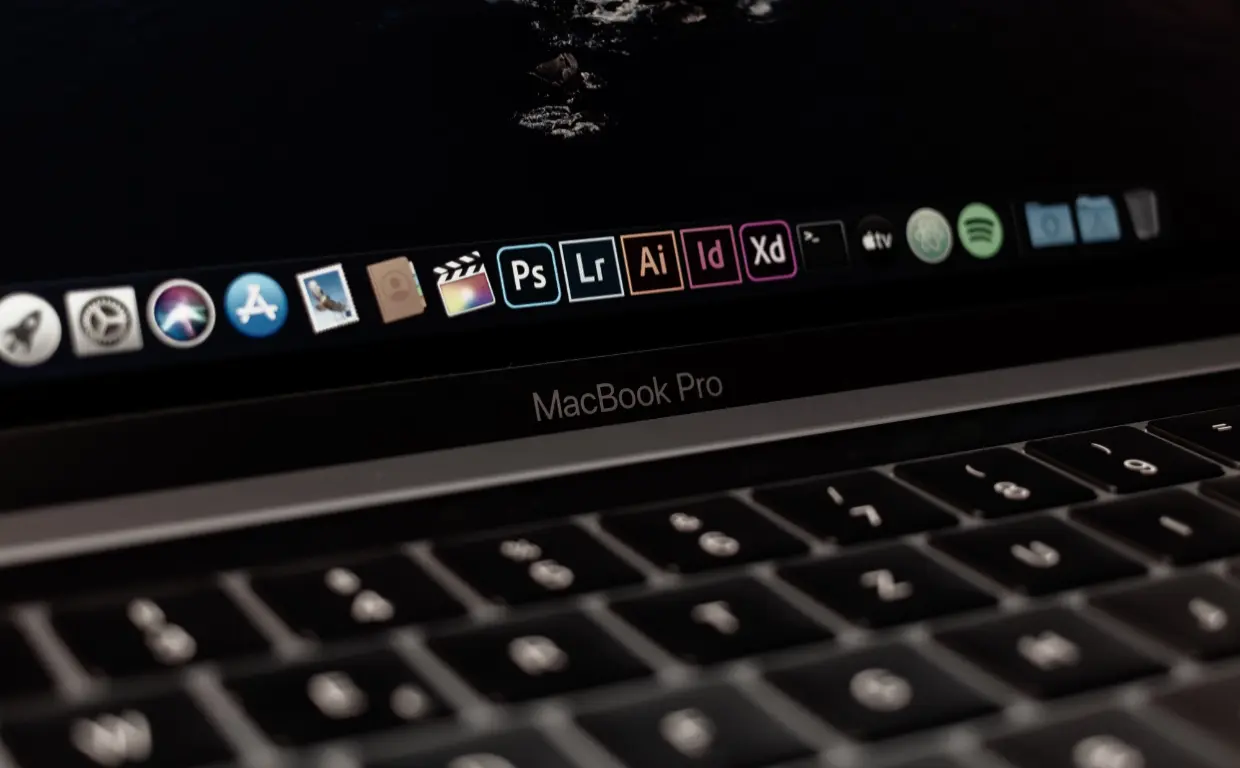In today's digital age, images play a crucial role in the online experience. They help to capture the attention of users and convey information in a visually appealing way. However, images can also be a major source of slow loading times and poor performance on websites and other online platforms. That's where WebP comes in.
What is WebP?
WebP is making headway in the image format space this year. The image format — which is developed by Google — uses both lossy and lossless compression techniques to reduce the size of image files without significantly affecting their quality by utilizing technology that Google purchased from On2 Technologies. WebP is supported by a number of web browsers, including Google Chrome, Mozilla Firefox, and Microsoft Edge. It is particularly well-suited for use on the web due to its small file sizes and fast loading times. WebP supports both static and animated images, making it a versatile choice for a wide range of applications.
Why Should You Use WebP?
There are a number of reasons why you should consider using WebP for your images:
- Smaller file sizes: One of the main benefits of WebP is its ability to significantly reduce the size of image files. This can help to improve the performance of your website or online platform by reducing the amount of data that needs to be downloaded by users.
- Faster loading times: Smaller file sizes translate into faster loading times for images. This can help to improve the user experience and reduce the risk of users abandoning your website due to slow loading times.
- Improved performance on devices with limited resources: WebP is particularly well-suited for use on devices with limited resources, such as smartphones and tablets. Its small file sizes and fast loading times can help to improve the performance of your website or online platform on these devices.
- Wide browser support: WebP is supported by a number of popular web browsers, including Google Chrome, Apple Safari, Mozilla Firefox, and Microsoft Edge. This makes it a widely compatible choice for use on the web.
How to Convert to WebP
If you are interested in using WebP for your images, there are a number of tools and resources available to help you convert your existing images to this format. Some options include:
- WebP Conversion Tool : This online tool allows you to convert images to WebP format and preview the results.
- Pixelmator Pro or Adobe Photoshop : The latest version of the popular graphics editors include support for exporting images to WebP format.
- cwebp command line tool : This command line tool is part of the WebP package and allows you to convert images to WebP format from the command line.
Conclusion
In conclusion, WebP is a powerful image format that can help to improve the performance and user experience of your website or online platform. With its small file sizes, fast loading times, and wide browser support, it is an excellent choice for use on the web. If you are not already using WebP for your images, I highly recommend considering it as a viable alternative to more traditional image formats.
In a world that is turning faster and faster, standing still means taking a step backwards. Of course, it doesn't make sense to chase every trend. But I think it's time to jump on the WebP bandwagon when it comes to image format and cut the old ties. And while I'm at it, I'm going to add a Pinterest button to my blog.

